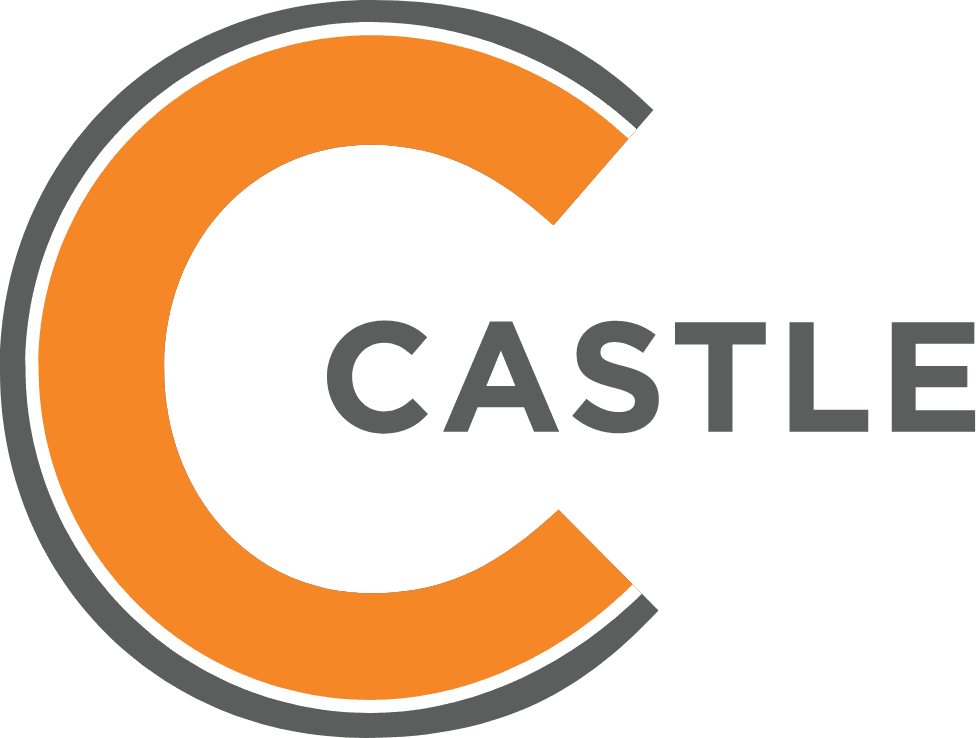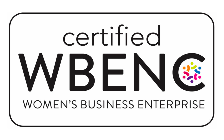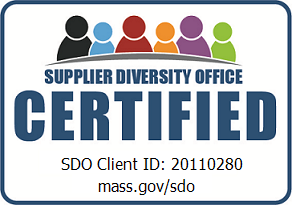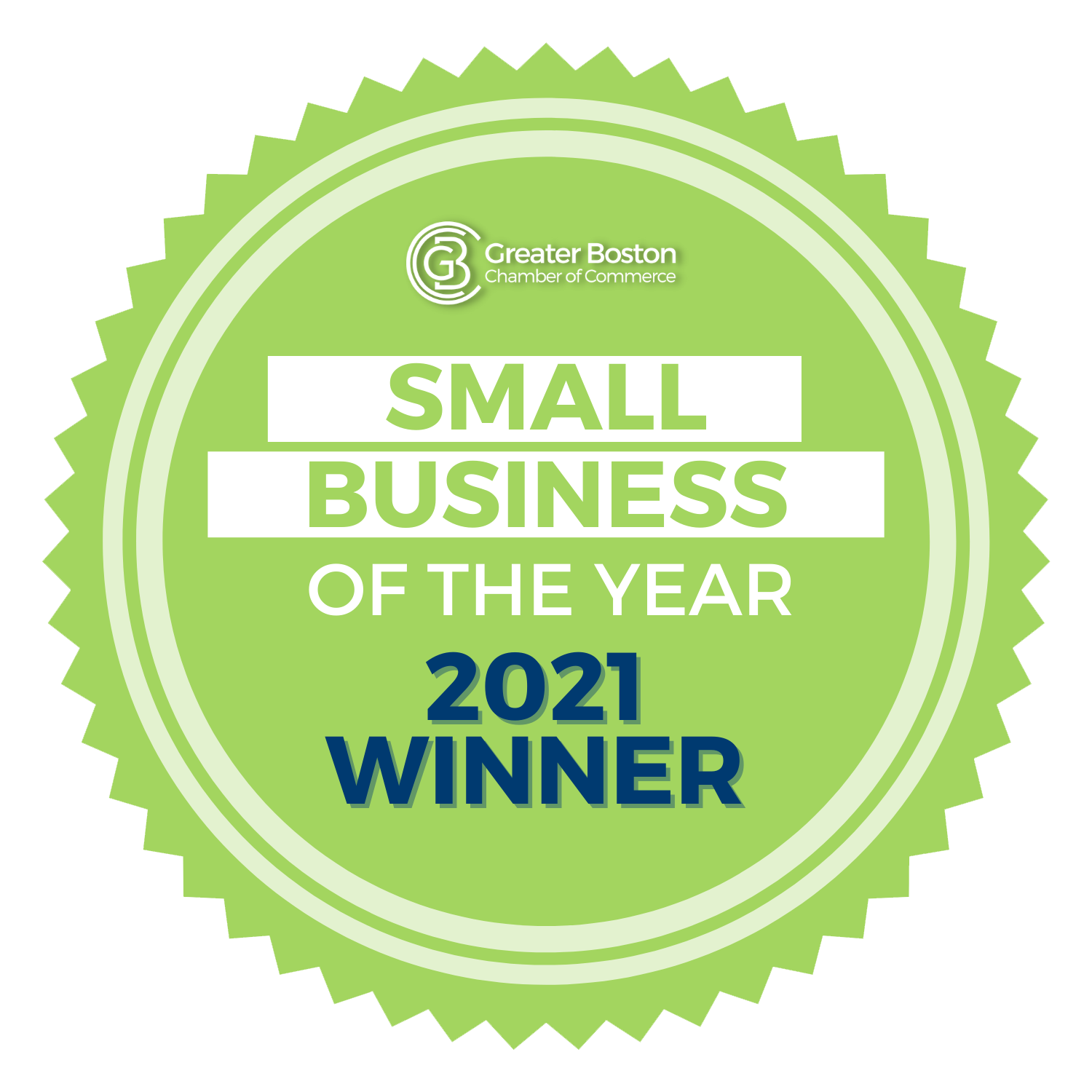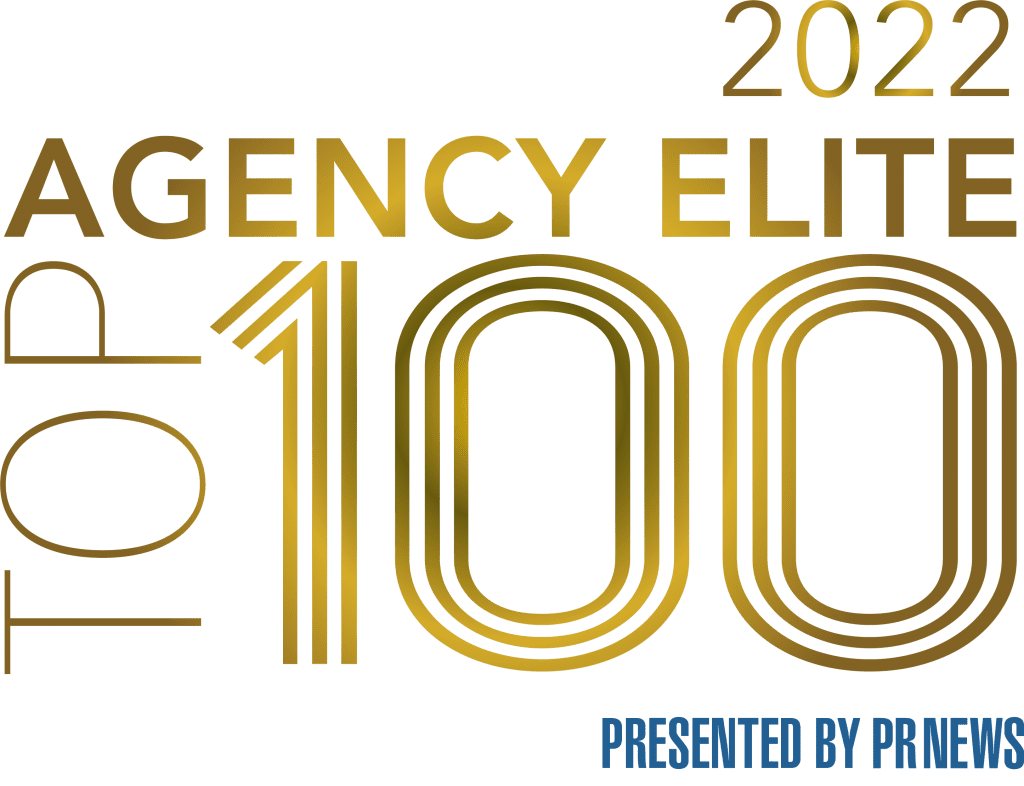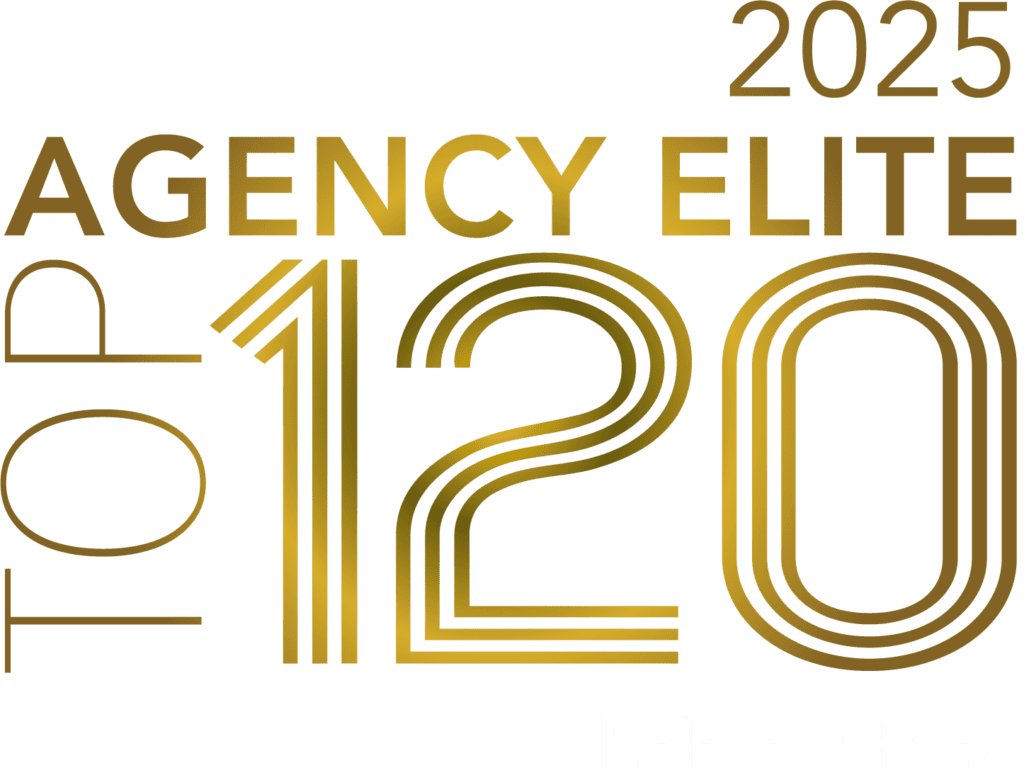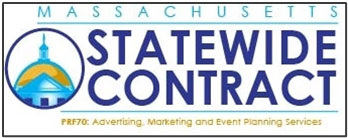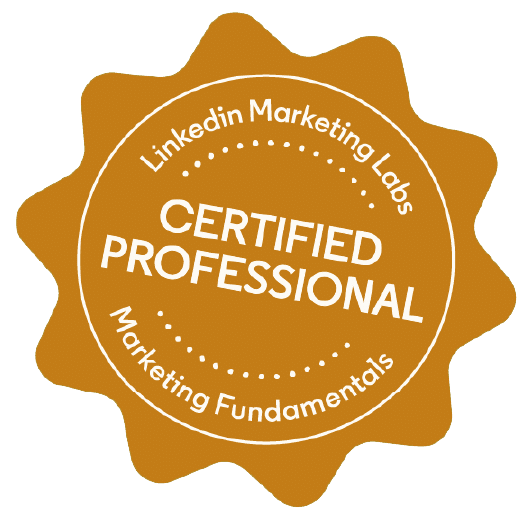Here’s my theory: It takes creative strategy to move ideas from concept to fruition. Building a marketing strategy is like putting together a 1000-piece jigsaw puzzle. It can be daunting at first, but well worth the challenge—if you set it up correctly. When you set your sights, reveal the pieces, construct a solid framework, assign the right resources, make realistic goals, and work each section with focus and resolve, the big picture will come to life.
As a career marketing professional, I prefer to use positive language. You can count on me to rephrase a negative “what it isn’t” into a positive “what it is.” I make an exception when explaining integrated marketing, though. I think the best way to start is with what integrated marketing is not: siloed. Don’t take a willy-nilly, scattered—siloed—approach to realizing your marketing vision. Use an integrated marketing strategy.
What is integrated marketing communications?
Let’s get down to basics and first answer: What is marketing? Simply, it’s what a company does to promote its products, services, culture, and brand. So, what is integrated marketing? Some say maintaining consistent branding (i.e., tone of voice, colors, and fonts) throughout your marketing mix…or a model for delivering a unified message across marketing channels. Those ideas are part of the equation, but there’s more to it. Integrated marketing is a cross-channel communications strategy focusing on throughline messaging to optimize audience engagement.
What is the goal of integrated marketing communications?
Every marketer has a story to tell—and a host of marketing channel options to tell it: website, email marketing, social media, public relations, events, video, advertising, sponsorships, blogs, whitepapers, podcasts, webinars, speaking engagements, proposal and presentations, listings and directories, etc. The channel mix you choose to execute your marketing goals aligns with your brand and culture, follows norms and trends—and best engages your stakeholders.
The goal of an integrated marketing strategy is to leave no stone unturned. Marketing strategists aim to build brands and generate new business opportunities. An integrated approach ensures you repurpose hard-earned content and messaging, amplify storytelling, reach more people, optimize breaking news, and stretch marketing dollars. Ultimately, it creates streamlined and consistent messaging across your marketing channel mix, increasing brand awareness and overall marketing performance.
Why is integrated marketing communications important?
Let’s face it. We live in a world filled with distractions. Professional marketers know what it takes to get someone’s attention—and a blink of an eye to lose it. Once you’ve captured your audience’s attention, please don’t waste a moment of their time. Be intentional about what you want to say—concisely and compellingly.
An integrated approach to marketing communications fosters strategic thought, focus, and creativity. There are also many other benefits to integrating your marketing communications across marketing channels. Here are a few specifically related to content creation and optimization.
- Copywriting: Repurpose content that engages stakeholders and converts targets across marketing channels.
- Content development: Create relatable videos, blog posts, and marketing assets that tell your brand story.
- Email marketing: Share interesting, relevant content to segmented audiences at the proper cadence.
- Social media strategy: Be present and active on social media platforms that reach your target audience.
- Search engine optimization (SEO): Use keywords that attract your target audience.

How to create an integrated marketing strategy
To adopt an integrated marketing strategy, start by taking these essential steps.
1. Define your audience
Defining your audience is a good first step toward selecting your marketing channels, setting the right tone, and avoiding alienating anyone. It is also essential to building a successful marketing strategy. If you want to reach the right people in the right way and create more meaningful conversations, take some time to analyze your stakeholders’ demographics.
Start with your internal team. They’re your brand ambassadors and the first line of communicators who tell your story. Next, focus on creating the ideal client persona based on the characteristics of your most successful business relationships. Don’t forget to include other stakeholders supporting your company’s success, such as partners, suppliers, the media, and your local community.
2. Get to know how your audience prefers to engage with you
It’s important to know that your stakeholders may not all prefer to engage with you on the same marketing channels or in the same way. Does Bob prefer email, text, or direct messages on his favorite social channel? Is Ann located in a different time zone? Does she regularly visit your website or your video channel? You may be more comfortable sending an email blast to your entire subscriber list at 9:00 AM EST next Tuesday, but is that the best communication vehicle and time to reach everyone?
Knowing how to engage with your stakeholders fosters loyalty and builds stronger relationships. Make a concerted effort to understand their communication styles and preferences. Start a company-wide stakeholder awareness campaign. Ask employees when you hire them, clients when you onboard them, and partners when you engage them. Poll your stakeholders through email, social media, or your website. At the very least, open a door toward a better understanding. Your efforts will say much about what you’re willing to do to connect—and stay connected.
3. Establish integrated marketing campaign goals
Your strategic marketing plans will comprise long- and short-term goals and objectives that support your company’s business goals. What are your marketing communications goals for this year…this quarter…today? Your long-term goals may be to launch a refreshed brand…support an awareness campaign…promote a new product…cross-sell services…recruit the best talent and improve SEO to drive website traffic. Short-term goals may be to leverage a recent award you just won (see example below) or start a conversation.
No matter the goal or where you are on your marketing journey, approaching your short- and long-term marketing goals with an integrated mindset will help to maximize hard-earned content, stretch marketing dollars, reach more people, and improve overall performance. That’s the ultimate goal.
4. Choose your marketing channels
Integrating your messages across marketing channels increases your chances of being seen and heard by the audiences you hope to connect with. So, how do you choose the right marketing mix for your business? Some marketing channels are standard operating procedures. Email marketing lets you send targeted communications to your stakeholder list. Your website, social media platforms, podcasts, and speaking engagements help you to reach and engage a larger audience.
The marketing channels you adopt depend primarily on your audience demographics, stakeholder engagement preferences (see step 2 above), budget, ramp-up time, in-house talent or capacity, and budget. You may not employ every marketing communications channel you’d like to. Focus on trending tools that best align with your communications goals. With this knowledge, you can make a case for adding new marketing channels. In the meantime, focus on optimizing the ones you use now with an integrated marketing approach.
5. Identify channel managers
Once you’ve identified the marketing channels that best align with your audience demographic and marketing communications goals, don’t go it alone. Build a communications task force. Identify internal and external experts who can offer insights, strategies, and tactics for optimizing communications on each marketing channel you use.
Integrated marketing communications campaign example
Integrated marketing is a process we use at Castle to analyze—and maximize—marketing opportunities for our agency and clients. If integrated marketing is a new concept to you, start slow. Choose one communications goal and explore ways to repurpose content to create throughline messaging across several channels.
Our example below provides a scenario for a breaking news awareness campaign. It includes some questions we might ask to build the campaign before creating and deploying content and assets across marketing channels. We hope this example helps crystalize how an integrated marketing mindset maximizes any marketing strategy.
Scenario: We’ve won a prestigious award. Forbes announced we were being named one of the country’s best PR agencies. This recognition was a big deal. It meant the world to our agency’s owners and talented, dedicated, and passionate team. We gathered our communications task force to brainstorm an integrated strategy to amplify and leverage the prestigious recognition across our marketing channels.
Public Relations
- Which local media outlets would like to feature our award in their publication?
- Could we pitch our award-winning public relations team members for expert commentary/thought leadership?
- Which conferences or organizations could we promote our award-winning PR experts as prospective speakers?
Email Marketing
- Is this announcement worthy of a stand-alone marketing email to our subscribers? Feature article or sidebar?
- Who is the best person to announce the award? Who should the email come from?
- Could we use the reactions to our email announcement creatively? Let’s gather the comments.
Website
- How can we make this recognition prominent on our website? Add a scrolling banner to the home page. Other ideas?
- When can we update our awards and news web pages? Is there a way to feature the award for a set period?
- Is there a blog opportunity here? Idea: What it takes to become a top PR firm in America.
Creative Services
- Can we add the publication’s logo or award image to our marketing assets? Permission? Parameters? Cost?
- Should we update our email signatures to showcase the announcement? Award logo with a link to the announcement?
- What other visual elements could we create to enhance our marketing assets and resources?
New Business
- Are there any new business prospects who would benefit from knowing about this award now?
- Is there a give-back opportunity to share this award with our community? Provide pro bono PR advice to non-profits.
- How do we ensure all new business proposals and pitches mention this prestigious award moving forward?
Social Media
- Which social channels should we focus on? Add award to company LinkedIn? Add to employee pages?
- What is the best communications strategy for each platform? Boosted posts?
- What types of visuals would impact each social media channel most?
Internal Communications
- Are there any topical issues that could cause internal or external backlash in making an announcement now?
- How do we announce and celebrate this award with staff? Email, staff meeting, champagne toast?
Get started with the best-integrated marketing agency
Castle’s communications experts across multiple marketing channels work with clients to achieve optimal engagement with their stakeholders—and target audiences. If you’re ready to embrace an integrated marketing strategy and need outside expertise to supplement your team, reach out today.
Additional Resources
Below is a list we use to help identify marketing channels for a marketing campaign or overall strategy.
Curated Content
- Blog (one or series)
- White Paper
- E-Book
- Testimonials
- Video (one or series)
Website
- Webpage Update
- Feature Box
- News Update
- Content Update
- Testimonial
- Keyword Update (SEO)
- Intranet / Extranet
- Partner Portal
Email Marketing
- Feature (one or series)
- Newsletter
- Announcement
- Feature story
- Sidebar
- List Management
- Full
- Subset
Social Media
- Channels
- X (Twitter)
- Post / Campaign
- Share / Repost
- Company Bio Update
- Personal Bio Update
- Boosted Posts
Public Relations
- Media Alert
- Press Release
- Personal Note to Reporter(s)
- Boilerplate Update
- Thought Leadership
- Expert Commentary
Events
- Virtual Event (existing or curated)
- Live Event (existing or curated)
- Leadership Series Event
- Partner Training
- Speaking Opportunity
- Attendance
- Sponsorship
Incentives
- Partner Spiff
- Sales Campaign Kickoff
- Internal Reward Program
- Partner Reward Program
- Care Package / Giveaway
Other
- Marketing Asset Update
- Video Channel Update
- Ad / Ad Campaign
- Signage
- Email Signature Update
